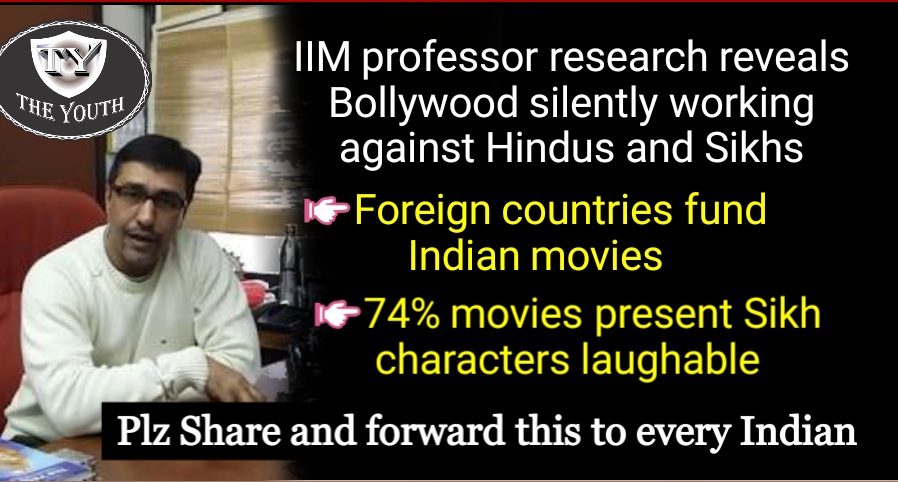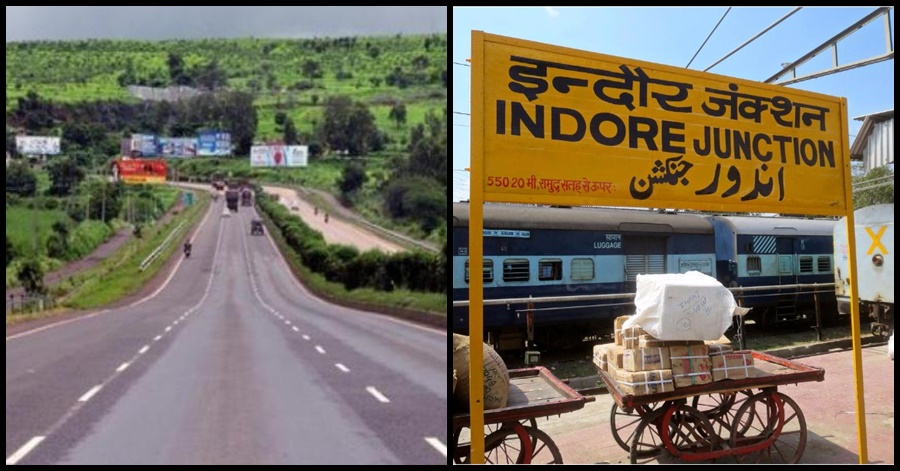No products in the cart.
India to create history, the first nation that will reach south pole of the Moon
Indians are on a different level altogether. Be it sports, academics, scientific research, we have always been doing it well. Coming to the science and technology, we have a spectrum of scientists to try and test the formula and bring out the beautiful end result.
Recently, the Indian Space Research Organisation referred as ISRO is all expected to launch its second moon mission called ‘Chandrayaan-2’ carrying the likes of three important things such as orbiter, a lander and a rover between January 3 and February 16 next year.

In a recent media interaction, ISRO chairman K Sivan said that they have got the best chance to launch the mission in the announced time. Also, he gave an assurance that they will try their maximum best to launch the mission in the expected dates.”We have a window of opportunity to launch the mission between January 3 and February 16. We will try our best to launch the mission during this window.”
India will soon script history and will become the first nation in the world to reach the south pole. He added, “Chandrayaan-2 will be the first mission in the world going near the “south pole”, where recently Nasa’s payload M3 on Chandrayaan-1 discovered ice in the shadow of craters.
The Chandrayaan-2 spacecraft will be carrying an orbiter, a lander and a rover. The lander conveying a rover will make a soft-landing on the south pole of the moon and the “rover will spend a full lunar day (i.e. 14 Earth days) there to make the most of the daytime performing experiments.”
Everything is programmed and well setup in the spacecraft such that the rover will walk 100 metres and determine the content of the lunar surface. After analysing the content, it will perform various experiments as well. The orbiter and rover will send back pictures of the moon within 15 minutes.
The Isro chairman opened up that the “mass of Chandrayaan-2 has been increased to 3.8 tonnes and will be launched by GSLV-MK-III”, instead of GSLV Mk II as planned previously.
The Chandrayaan-1 was a sensational hit. It was launched in October 2008 and operated until August 2009. The first mission had a lunar orbiter and an impactor as India launched the spacecraft with PSLV-XL rocket. It has been learnt that the Chandrayaan-2 has been postponed two times so far with the first deadline in April and later in October.









